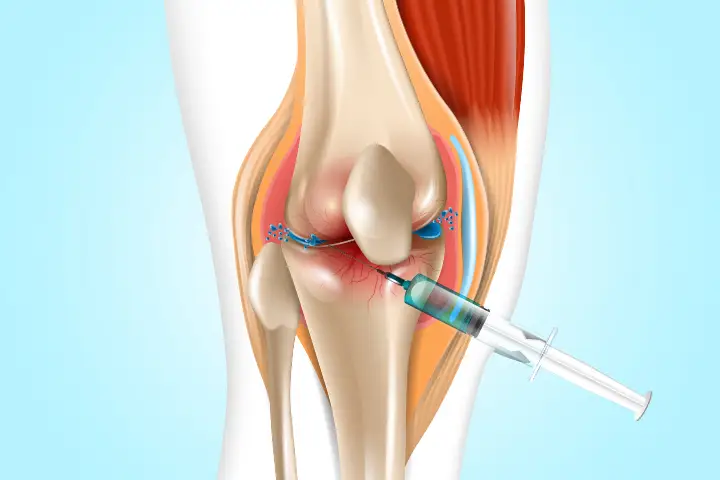Knee joint injections are significant in orthopedics and pain management. These injections are both diagnostic and therapeutic and help those patients who are undergoing different knee problems. Familiarity with the relevance and uses of knee joint injections is critical for enhancing healthcare knowledge and practice among doctors, nurses, and the general population.
Understanding the impact of knee joint injections
Knee joint injections can offer pain and anti-inflammatory effects as a treatment measurement for different knee disorders. Some diseases that may cause pain and affect movements include osteoarthritis, rheumatoid arthritis, gout, and bursitis. These injections help deliver medicines directly to the targeted area, that is, the joint, and thus may have a superior impact compared to oral drugs.
Like other joint injections, knee joint injection also helps make a diagnosis. The aspiration of the joint fluid is also quite helpful in diagnosing the cause of knee pain and is often done simultaneously with a therapeutic injection. In some cases, the synovial fluid analysis can indicate if the person has gout arthritis, bacterial or viral infection, or inflammatory arthritis based on the findings, and treatment options for the next steps can be provided.

The procedures of knee joint injections meant to be administered need precise and proper implementations. Usually, the medical practitioner will first clean the injection site, occasionally using local anesthesia to reduce pain. Sometimes, ultrasound or fluoroscopy help is required to position the needle within the joint cavity properly. Precision is essential because it will help apply the proper measures to deliver the intended treatment while avoiding or reducing other possible side effects.
Knee joint injections can be helpful at times for some patients. Influence of the degree and type of knee disorder and the patient’s health status and compliance to post-injection management measures. Different patients may have excellent and prolonged outcomes, while others may be moderate or temporary. It will be necessary to regulate the patients’ expectations and establish a constructive dialogue with them, as a result of which improvements in treatment outcomes are observed.
Knee joint injections are a significant commodity to patients with chronic knee conditions since they help to postpone or even eliminate the need to consider other critical and risky procedures, such as knee replacement surgery. With these injections providing pain relief and improving function, the quality of life can be preserved and delays the necessity of performing major surgery, which is very much welcomed by young patients or patients with contraindications for surgery.
Conclusion
Knee joint injections can be recognized as one of the essential aspects of contemporary orthopedic treatment. Due to this, they can be of great help since they provide precise dictation, aid in diagnosis, and could even alter the course of the disease.









